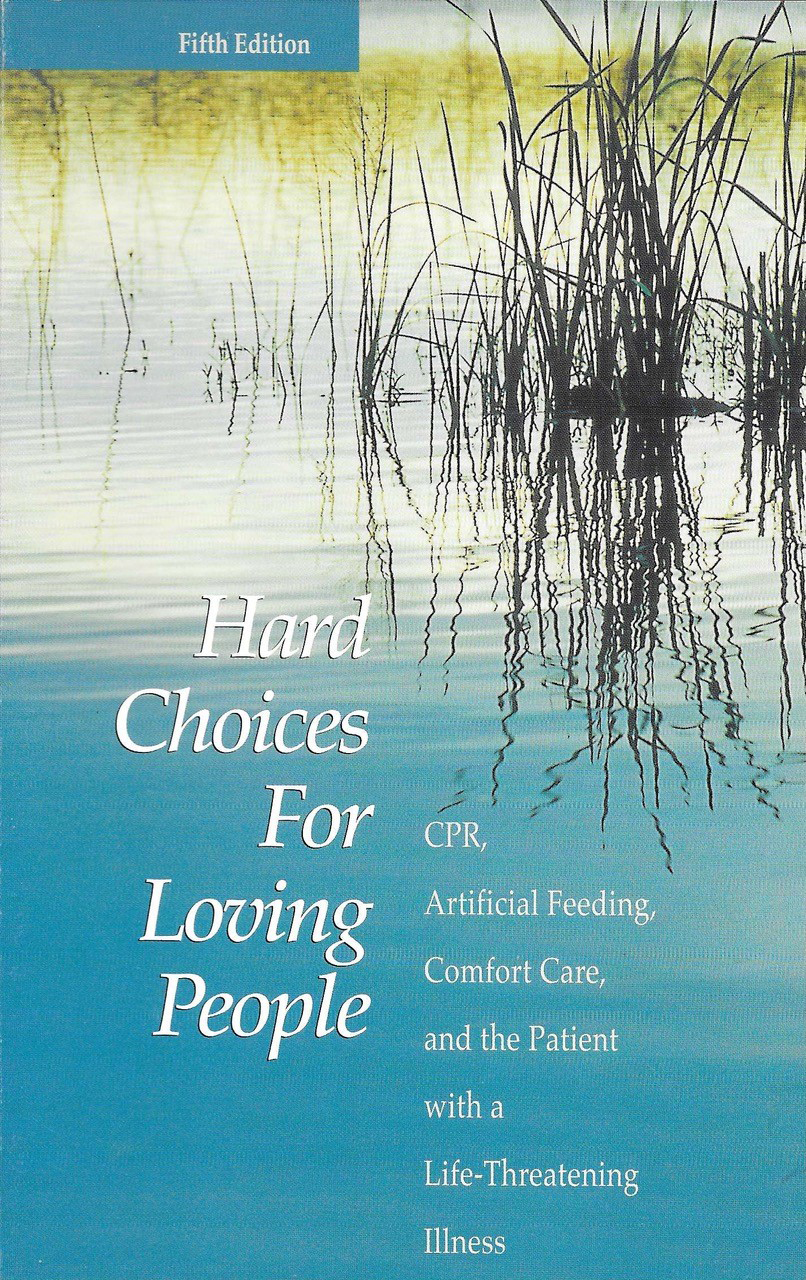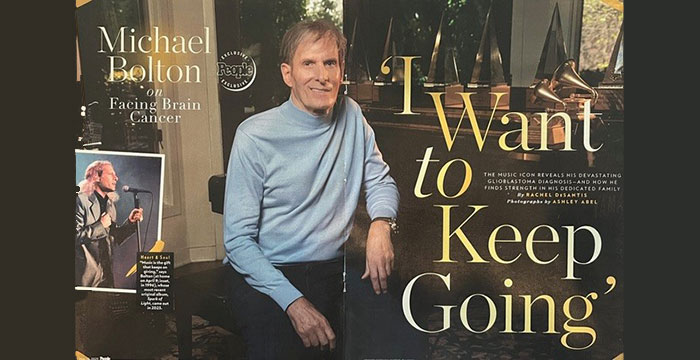This is the fifth post in a series of articles about the writing and distribution of Hard Choices for Loving People. This piece covers the Fifth Edition.
It actually hurt a little. One of the most well-known end-of-life experts in the country criticized my poem. Alas.… More on that below.
 Hard Choices for Loving People came into its own during the Fourth Edition, between 2001 and 2009. We passed one million books sold in 2002 and two million in 2007. At one point, we were shipping over 4,000 books a week. In 2009, a Taiwanese publisher requested permission to translate the text into Chinese, even delaying publishing until the Fifth Edition was ready. Later, in 2013, a publisher in Tokyo requested permission for the Japanese translation.
Hard Choices for Loving People came into its own during the Fourth Edition, between 2001 and 2009. We passed one million books sold in 2002 and two million in 2007. At one point, we were shipping over 4,000 books a week. In 2009, a Taiwanese publisher requested permission to translate the text into Chinese, even delaying publishing until the Fifth Edition was ready. Later, in 2013, a publisher in Tokyo requested permission for the Japanese translation.
So, why a Fifth Edition if things were going so well with the Fourth?
It was all about staying up to date.
In truth, not much had changed since 2001 in the medical literature about the end-of-life decisions I discuss in Hard Choices for Loving People. CPR still did not offer any survival hope for seriously ill, frail, failing patients. Feeding tubes still did not help advanced dementia patients. Hospice was still a wonderful benefit for dying patients. All my new research confirmed my previous conclusions.
I added to the endnotes. They took up five pages of fine print at the end of the book. I don’t think my lay readers cared so much about the “preponderance of evidence” I presented. They just needed help in sorting out end-of-life medical treatment decisions. I wanted to convince the healthcare professionals who would hand the book to patients and their families to have confidence in my words.
From “Letting Go” to “Letting Be”
In the Third Edition, I included a story about an AIDS patient who said, “I finally learned the difference between giving up and letting go.” In the Fourth Edition, I expanded his words into a poem. I sent one of the drafts of that edition to Dr. Joanne Lynn, a medical researcher at George Washington University in D.C. I had gotten to know Dr. Lynn while speaking together at local events. I am forever grateful for her feedback.

Excerpt from the original poem
Next to my poem about letting go, she wrote, “Hank, I have stopped using the term ‘letting go’ with my patients and talk more about ‘letting be.’” I was about to put the book on press and did not want to mess with my very popular poem, so it was printed it as I wrote it: “Giving Up and Letting Go.”
But I never forgot her words. Over the years, I, too, started talking more about “letting be” than “letting go.” It just seemed gentler. “Letting go” reminds people of a loss and that they are actively losing something — their life or someone they love. “Letting be” just reminds people to not resist what is happening. It’s okay. Just let things be. This was the only significant change in the Fifth Edition text: “Giving Up, Letting Go, and Letting Be.”
Fifth Edition Statistics:

- Subtitle: CPR, Artificial Feeding, Comfort Care and the Patient with a Life-Threatening Illness
- Publication dates: 2009-2015; now published in Japanese and Chinese
- Fifth Edition books sold: 1,116,482
- Total books sold: 3,456,666
- Length: 76 pages (same as the Fourth)
- Endnotes: 147 (up from 98 in the Fourth)
Key content introduced in the Fifth Edition:
- Poem changed from “Giving Up and Letting Go” to “Giving Up, Letting Go, and Letting Be”





